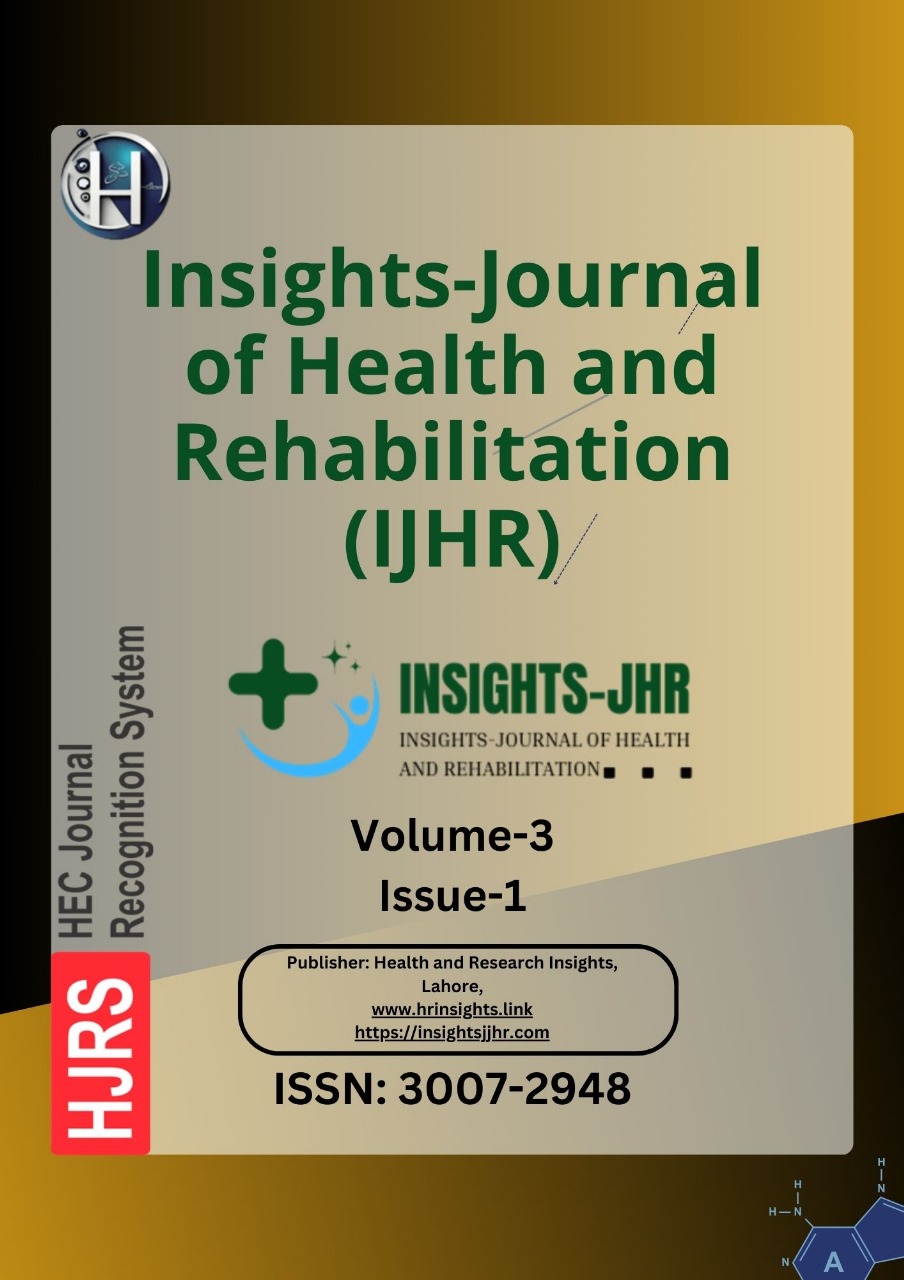AUTOMATIC ANALYSIS OF VISUAL CUES FOR TUBERCULOSIS DETECTION SYSTEM USING DEEP LEARNING TECHNIQUES
DOI:
https://doi.org/10.71000/fpxjmj57Keywords:
Artificial Intelligence, Computer-Aided Diagnosis, Deep Learning, Image Segmentation, Neural Networks, Tuberculosis, X-raysAbstract
Background: Tuberculosis (TB) remains a major global health challenge, causing significant morbidity and mortality. Early and accurate detection is crucial for timely treatment and disease control. Traditional TB diagnosis relies on radiologists analyzing chest X-rays (CXRs), a process that is time-consuming and prone to variability. Advances in artificial intelligence, particularly deep learning, have facilitated the development of computer-aided diagnostic (CAD) systems capable of automating TB detection with improved efficiency and consistency.
Objective: This study aimed to develop an automated TB detection system utilizing deep learning techniques to segment lung regions and classify TB-infected CXRs, enhancing diagnostic accuracy and reducing reliance on manual interpretation.
Methods: A fully convolutional network (FCN) based segmentation model was implemented to isolate lung regions from CXRs, followed by post-processing techniques to refine segmentation accuracy. The classification module employed a ResNet architecture to differentiate between normal and TB-positive cases. The model was trained and validated on three datasets: the Japanese Society of Radiological Technology (JSRT), Montgomery County (MC), and a locally curated dataset. For classification, the Shenzhen dataset was used. Model performance was evaluated using accuracy, sensitivity, specificity, Dice Similarity Coefficient (DSC), and the area under the curve (AUC).
Results: Segmentation accuracy was 97.1% for JSRT, 97.7% for MC, and 94.2% for the local dataset. DSC values were recorded as 95.1%, 95.4%, and 88.0%, respectively. The classification model achieved 84.4% accuracy, with sensitivity of 84.4%, specificity of 90.09%, and AUC of 95.0%. Comparative analysis demonstrated competitive performance with existing methodologies.
Conclusion: The proposed deep learning-based CAD system effectively automates TB detection, improving diagnostic efficiency. The integration of advanced segmentation and classification techniques enhances accuracy, facilitating early TB screening. Future research should explore optimizing classification through hybrid deep learning models for improved clinical applicability.
Downloads
Published
Issue
Section
License
Copyright (c) 2025 Keenjhar Ayoob, Ruqayya Ayoob Chandio (Author)

This work is licensed under a Creative Commons Attribution-NonCommercial-NoDerivatives 4.0 International License.







